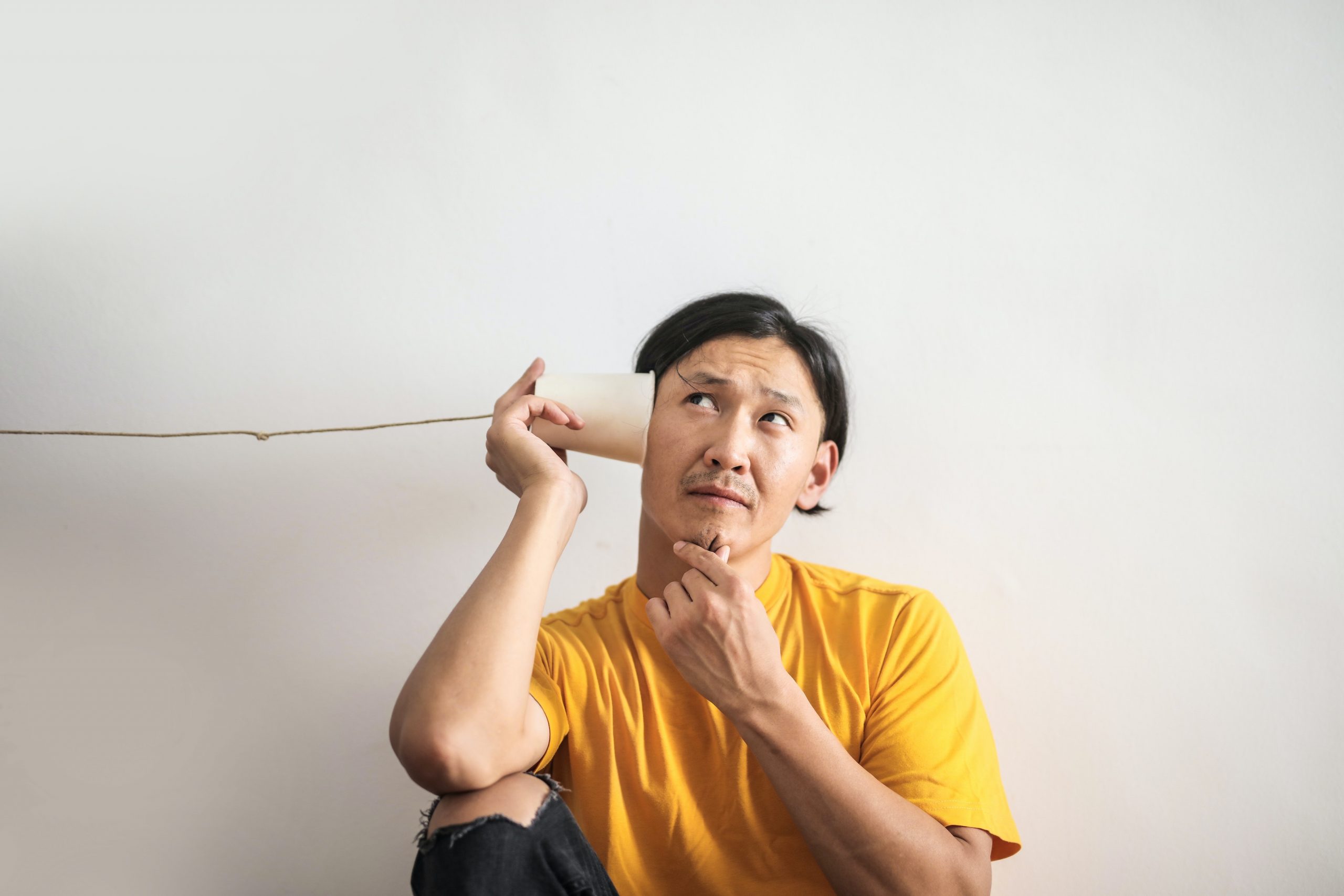Despite the fact that an increasing number of lucid dream induction techniques are being tested every year, none of them have been able to guarantee a one hundred percent result as of yet. Today, this is one of the main problems plaguing scientists attempting to study lucid dreams in the laboratory setting.
In April 2020, a new study was conducted combining a sleep fragmentation protocol with reality testing and musical stimulation. The authors, Daniel Schmid and Daniel Erlacher of the University of Bern, Switzerland, tried to find out if playing the same melody during wakefulness and subsequent REM sleep could increase the chances of having a lucid dreaming experience.
The idea was that by playing familiar music during REM sleep, the participant would be reminded to perform a reality check test. The dream itself alternated with periods of wakefulness. However, although the scientists expected high rates of successful phase state induction, the results were inconclusive.
A total of 21 participants spent one night in the sleep laboratory. The combined induction technique managed to provoke lucid dreaming in only 3 of them (14.3%), and none of these dreams were confirmed by eye movement signals. Thus, the combination of musical stimulation with reality checks proved to be less effective than many other techniques.
The study was published in April 2020 in the International Journal of Dream Research scientific magazine.




